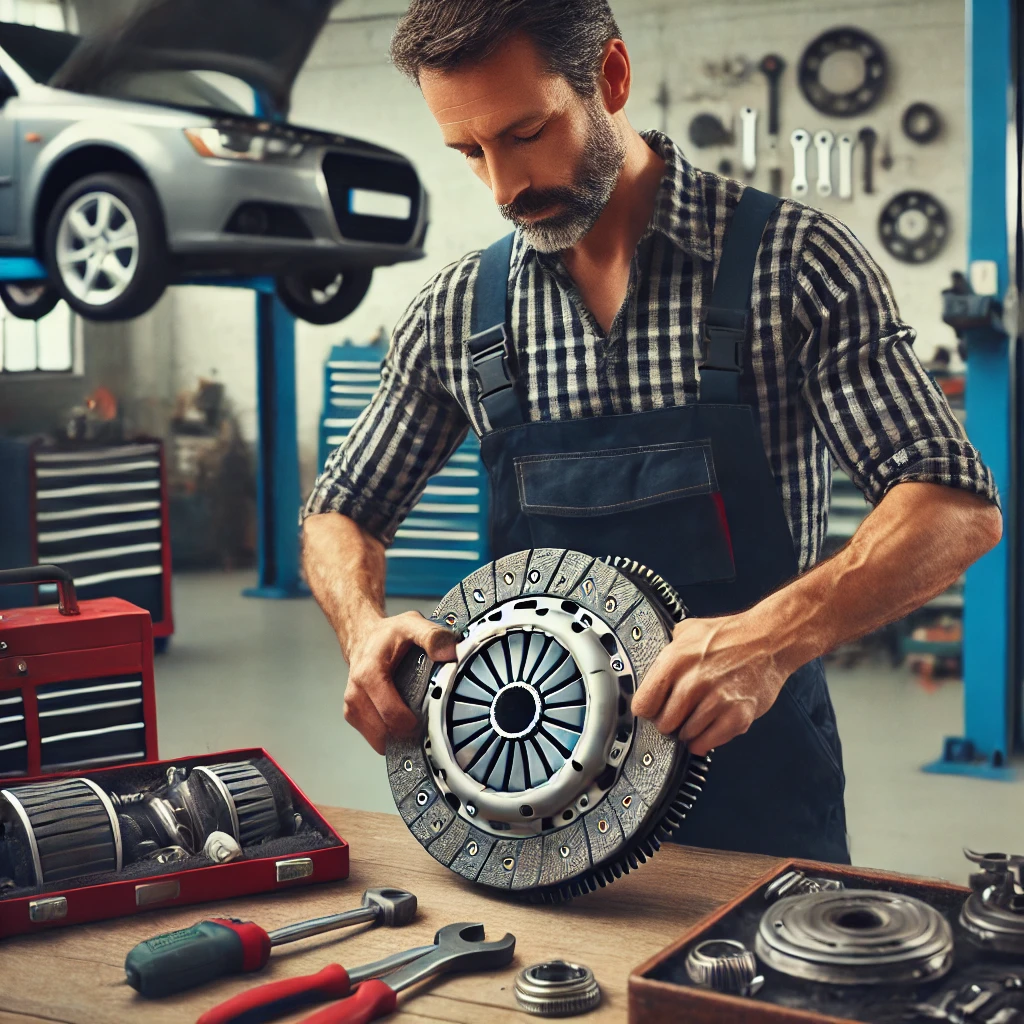Introduction
Clutch technology is evolving, even as manual transmissions become less common in new vehicles. Innovations like dual-clutch systems, smart clutches, and lightweight materials are shaping the future of clutches, offering better performance and efficiency. In this article, we’ll explore the latest trends and innovations in clutch design, and how they’ll impact manual transmissions in the years ahead.
Emerging Trends in Clutch Technology
- Dual-Clutch Transmissions (DCTs)
- Description: Two clutches (one for odd gears, one for even) for seamless shifting, often in automated manuals.
- Pros: Faster shifts, better fuel efficiency, smoother driving.
- Cons: Complex, expensive to repair.
- Future: DCTs are bridging manuals and automatics, growing in performance cars.
- Smart Clutches
- Description: Sensors monitor clutch wear and engagement, adjusting for optimal performance.
- Pros: Prevents slipping, extends life, improves driver feedback.
- Cons: Adds cost and complexity.
- Future: Could become standard in high-end manuals.
- Lightweight Clutch Materials
- Description: Use of carbon composites or aluminum in clutch components.
- Pros: Reduces weight, improves efficiency, better heat resistance.
- Cons: Higher cost, limited to premium vehicles.
- Future: Will become more affordable, especially for EVs with manuals.
- Self-Adjusting Clutches
- Description: Automatically adjusts for wear, maintaining consistent pedal feel.
- Pros: Reduces maintenance, improves longevity.
- Cons: Still developing, not widely available.
- Future: Could simplify clutch care for daily drivers.
- Eco-Friendly Clutches
- Description: Designs that reduce friction and use sustainable materials.
- Pros: Lower environmental impact, less wear.
- Cons: Early-stage tech, few options.
- Future: Will align with greener automotive trends.
How These Innovations Will Shape the Future
- Performance: DCTs and smart clutches offer faster, smoother shifts.
- Efficiency: Lightweight materials improve fuel economy.
- Durability: Self-adjusting designs extend clutch life.
Challenges to Adoption
- Cost: Advanced tech is pricey—mass adoption needs lower prices.
- Decline of Manuals: Fewer new cars offer manual transmissions, limiting innovation.
- Complexity: Smart systems require new skills for mechanics.
Conclusion
The future of clutches is promising, with innovations like dual-clutch systems, smart technology, and lightweight materials enhancing performance and efficiency. While manual transmissions may be less common, these advancements ensure they remain relevant for enthusiasts and niche markets. Stay informed to take advantage of these trends and enjoy a better driving experience.
Call-to-Action:
Excited about clutch tech? Share your thoughts in the comments, and see our cost guide!

